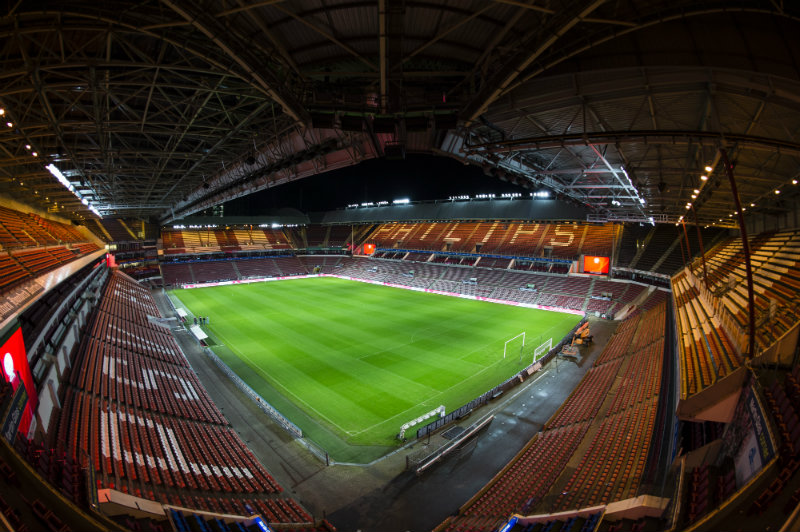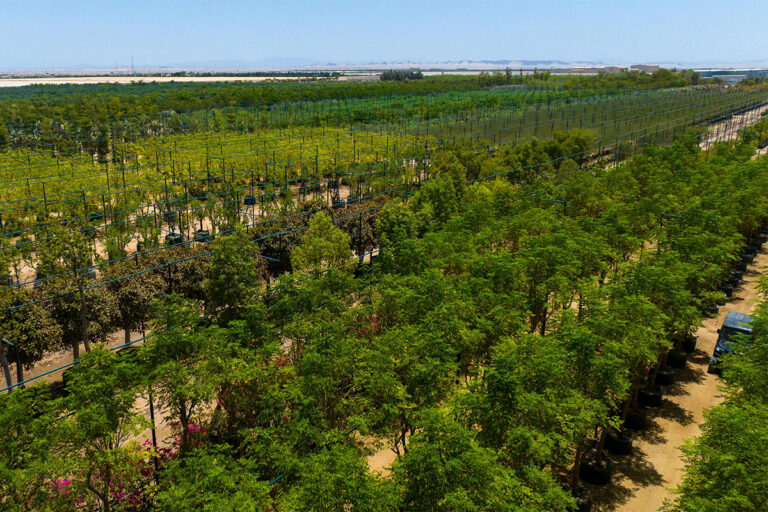
What has LED brought to sport?
Sport needs a lot of light focused on a small space from a long distance. With LED, we can change lighting levels from 10% to 100%. Clubs can add entertainment to the stadium experience, which is stunning. LED is flicker free.
Broadcast images are much better at standard frame rates, but particularly in slow motion. LED meets broadcasters’ current and future demands, providing the quality of light they want.
What challenges does stadium lighting present?
If you are building a stadium for 2020, because LED technology is developing fast, it is about predicting where it is going to be and ensuring the stadium can accept something that maybe does not exist yet. We try to future-proof the process to integrate lighting at the latest possible stage. For London 2012, the lighting went in right before the event, but was planned 5-6 years before.
“We have remodeled ourselves with the LED revolution.”
Mike Simpson, Global Application Lead, Philips Lighting
How sustainable is LED technology?
The average club probably only uses lighting for 250 hours a year. It is not like street lighting that is on all night. Where LED technology wins is that they only have it at full output for the game. The rest of the time they can run it low, which leads to savings. In terms of the life of the product, if you have a lifespan of 20,000 hours and you use it for 250 a year, the lighting might outlast the stadium![]()










